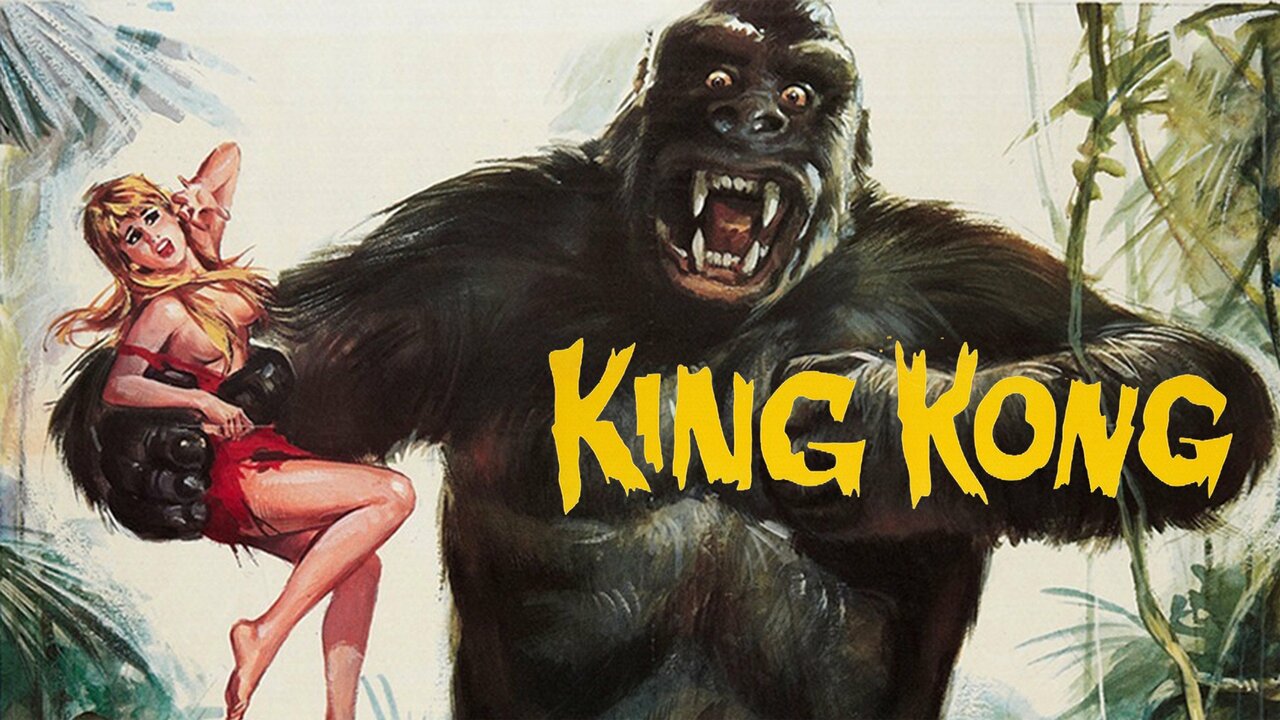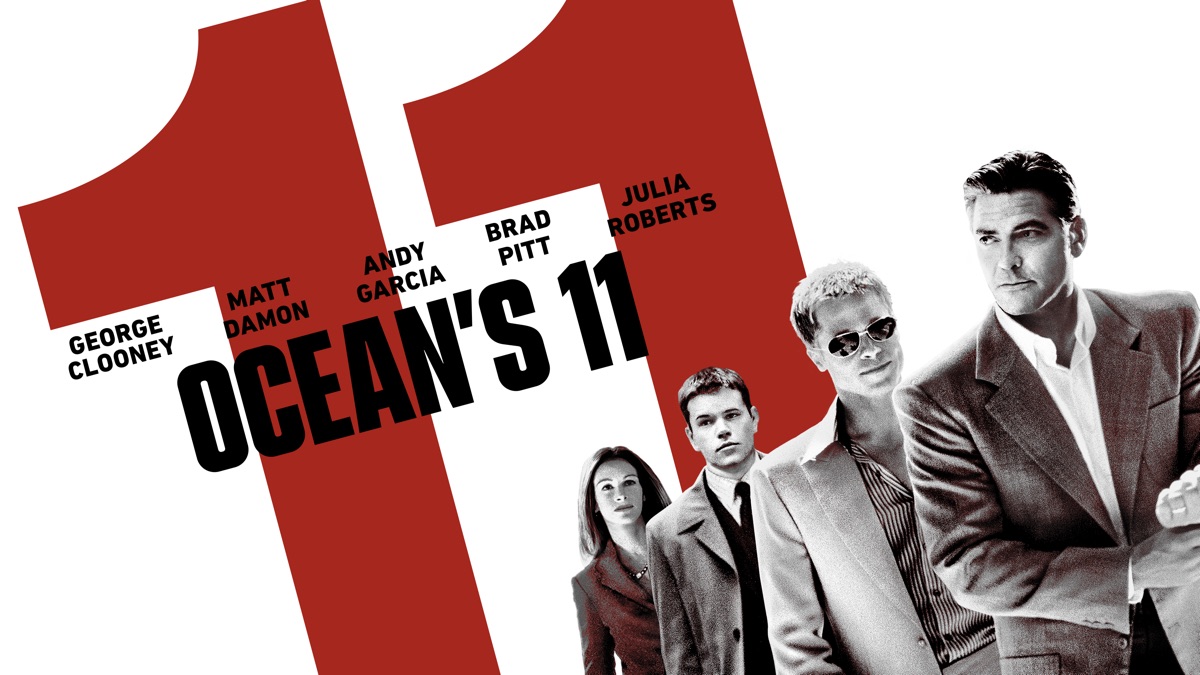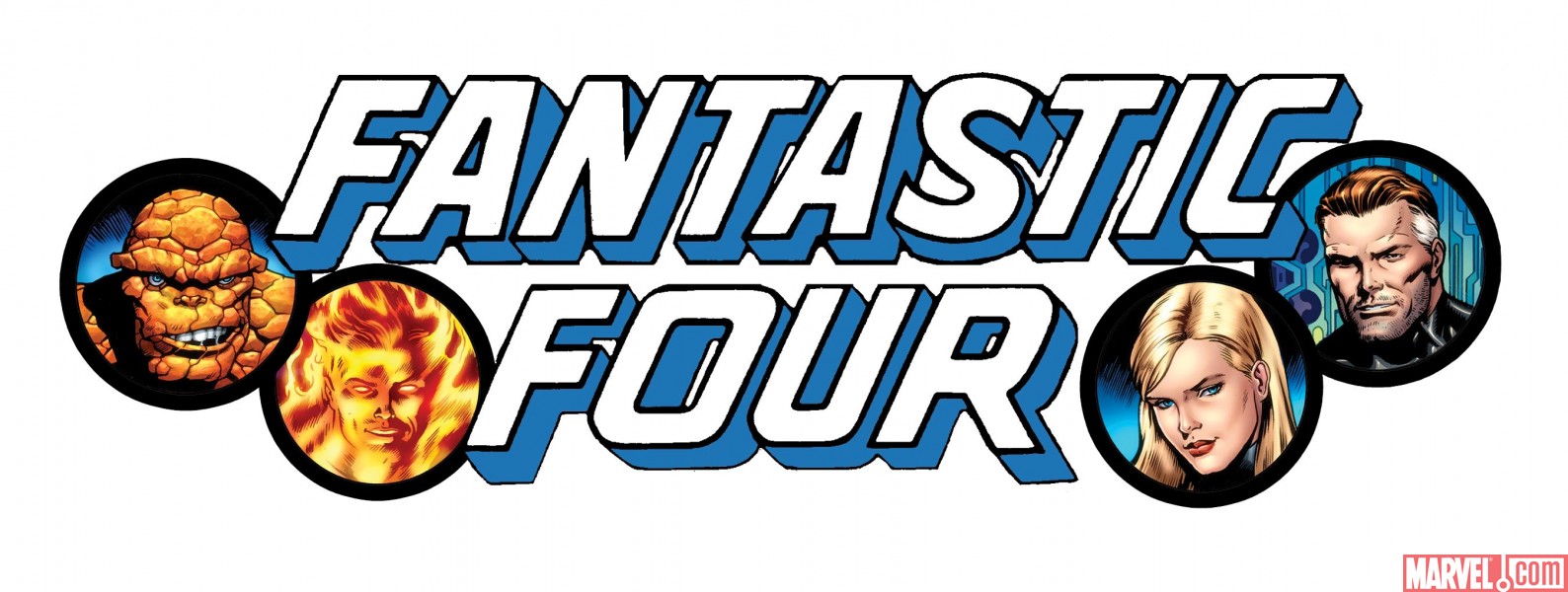(These are the notes I had for the recording of Episode 265 of the FilmFile podcast, wheere we spoke about King Kong and the legacy of the film for the deep dive.)
A pre-code monster movie (the MPAA rating system would be introduced the following year) 1933’s King Kong, directed by Merian C Cooper and Ernest B Schoedsack, who had worked together through the 20s with films such as The Four Feathers, became a cornerstone moment for the silver screen.
The idea for the film allegedly came in a dream to Cooper, who woke up after dreaming about a gorilla terrorising New York and quickly scribbled it down as a loose concept. He pitched the idea to David Selznick (who he had helped get a job at RKO) in 1931, and immediately began casting and set design, even though the script wasn’t yet finished.

Telling the tale of a filmmaker named Carl Denham who finds a struggling actress named Ann Darrow to join his undisclosed film for “the thrill of a lifetime”, the plan was to capture footage of a lost island and the inhabitants and legendary beasts that are said to reside there. Arriving on the island the crew get more than they bargained for, and Ann is taken away by a giant ape, Kong, who is fascinated by her. Denham and the ships crew, led by Jack Driscoll, set to rescue her and encounter many perils along the way. Events lead to the film idea being scrapped, and instead a plan to bring Kong back to showcase in New York – with inevitably disastrous consequences.
There’s an element of the real directors within the character of Denham – Schoedsack and Cooper had both shot footage of primates for documentary films, and (of course) this film went into production without any real script plan (much like Denham’s).
Concerns over potential copyright claims, particularly from the Conan Doyle estate for similarities to The Lost World, led to RKO buying the rights to that property to quell any claims.
The film builds slowly, and lets the characters breath for a long while before we get any glimpse of Kong, or any other monsters. Once we do see him, however, it rattles along with peril until the final moments. And, boy, was he worth the wait!

Stop motion animator Willis H O’Brien, who had previously worked on the 1925 silent movie The Lost World, and his assistants created a beautiful monster. When taken out of context by modern eyes, the effect looks a tad primitive, but for the time this was far and above any detail of design seen before. Kong had personality, and the subtle movements in the facial features conveyed it in a believable way that, once you immerse into the tale, still hits the heart today – especially in those final moments. Getting the cast to interact with the creations was achieved though either rear-screen projection, or camera trickery such as the Willaims process (a double matting process which allows two different takes on one reel) or Dunning process (which shoots with two reels at once loaded to allow effects to be in shot). There are a few moments that it doesn’t quite work, but mostly it is effective, including transitions between live actors and their stop-motion counterparts when snapped up by Kong or one of the other beasts.


